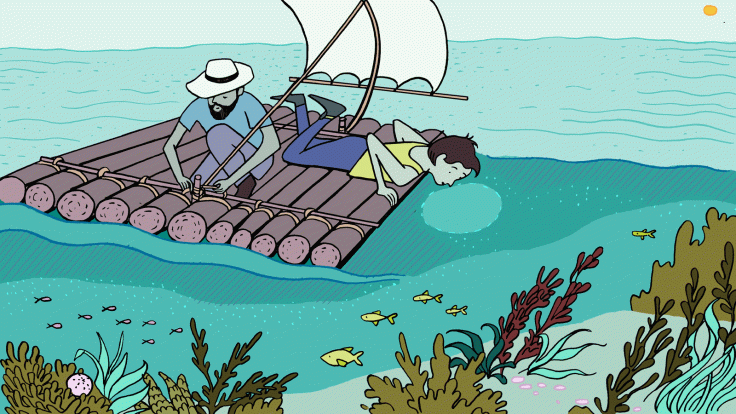
A graphic summarizing the various kinds of scientific experiments that could take place in the proposed Deep Underground Science and Engineering Laboratory.
This story first appeared in Fermilab Today on September 3, 2010.
At the first meeting of potential DUSEL users, participants and funding agencies expressed satisfaction with the progress of the design for the next proposed national laboratory and its experiments.
“Where the proposal is today is very satisfactory, and the trajectory is good,” said Joseph Dehmer, director of the physics division at NSF.
If approved, construction and experiment installation could begin in 2014 and continue for seven years. A few experiments still in the R&D phase would be installed one to three years later.
The breadth of the experiments and their often one-of-a-kind nature makes DUSEL stand out, attendees said. Not only will the physics experiments put the U.S. at the head of neutrino and dark matter research, but the depth and large caverns the experiments require will allow for deep underground biology, geology and engineering research at unprecedented scales.
The suite of experiments will not be finalized for at least another year. The DUSEL Program Advisory Committee said a loosely-defined suite of experiments is specific enough to finish the facility's design but leaves flexibility for later selecting individual experiments and their designs.
So far NSF has received 25 research proposals. In general, the non-physics programs will study carbon sequestering, tunnel engineering, deep life forms and the effects of water removal and construction on seismic activity and life forms.
The proposed physics experiments break into five broad research categories: supernovae, dark matter, proton decay, neutrino mass hierarchy and neutrinoless double beta decay.
Current construction plans would allow for two simultaneous installations at the surface level. Vertical experiments such as carbon sequestering would exist from the zero to 1,700-foot level. The 4,850-foot level cavern could hold four to five physics experiments while the 7,400-foot level cavern could accommodate two physics experiments. All levels also could contain earth science experiments.
In December the preliminary design report with a revised schedule and cost will be given to NSF. DOE and NSF will receive an updated report on DUSEL science in spring 2011, and the funding agencies are expected to decide in August 2011 whether to proceed.
“We are looking forward to the next steps on this,” said Heidi Schellman, DUSEL PAC member. “So, let’s go.”






